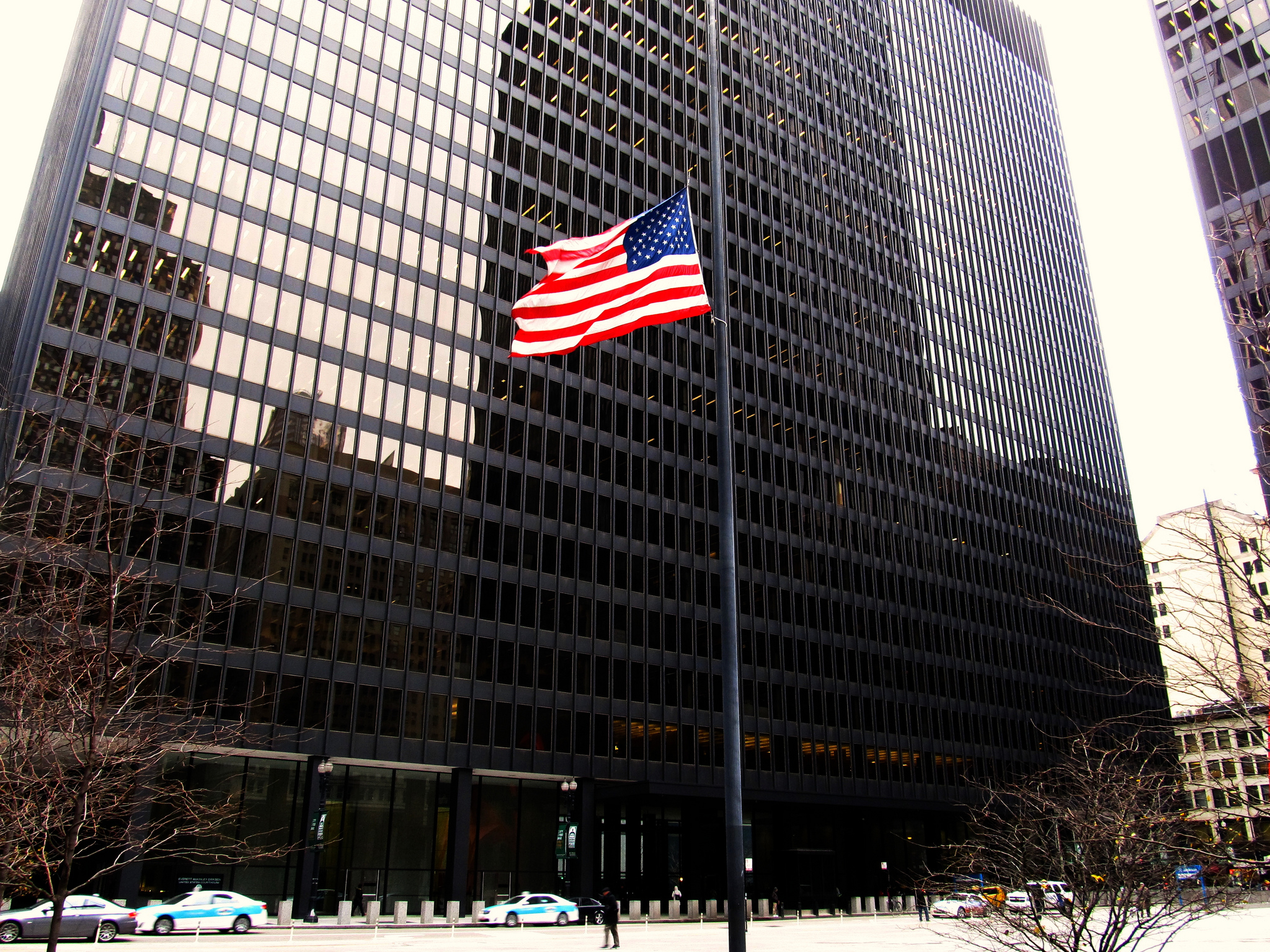 By Edward Lee [via Huffington Post]
By Edward Lee [via Huffington Post]
One of the most valuable lessons I learned as a lawyer I learned from, of all people, a musician. Richard Kapp was his name and orchestral conducting, his lifelong profession and passion. A renowned conductor in New York and producer of acclaimed recordings of Shostakovich’s String Quartets, Kapp was the first person who volunteered to challenge an obscure “copyright restoration” law in a case I helped to start while at the Stanford Center for Internet and Society. From day one, Kapp, who held a law degree from New York University, impressed me with his unflagging commitment to standing up for what he believed was right. So committed to the case was Kapp, he later refused to diminish his involvement despite being diagnosed with cancer and undergoing a battery of treatment. Not even cancer could stop Kapp, then 67 years old, from sitting hours for a deposition to preserve his testimony in the case.
Kapp did not live to see his case decided, but, this week, his case took a major step forward. The Supreme Court agreed to hear the constitutional challenge he — along with Lawrence Golan, a professor and conductor at University of Denver, and others — raised.
So what does the challenge concern? At bottom, it concerns freedom of expression and the right of the American people to use materials in the public domain — without fear the government will remove or restrict them from public use.
In 1994, Congress enacted the “copyright restoration” provision as a part of legislation, the Uruguay Round Agreements Act, putatively intended by the Clinton Administration and Congress to carry out trade obligations of the U.S. after the formation of the World Trade Organization. The provision grants new copyrights to many old foreign works — at least 50,000 in number, although probably many more — that had been in the public domain in the United States, potentially dating back for decades. By granting these old works (some created in the 1920s) “restored copyrights” in 1994, Congress effectively traded away the American public’s rights of free expression to these public domain materials, in exchange for the private interests of copyright holders and the heirs of foreign authors to reclaim copyrights.
Among the thousands of works affected, copyright restoration removed numerous works of Shostakovich, Prokofiev, Stravinsky and other composers from the public domain. Kapp, Golan and other educators had to stop using and teaching the formerly public domain works. Use of the works is now subject to copyright and is, in many cases, cost-prohibitive. In a survey conducted by The Conductors Guild, 70% of orchestral conductors polled stated that, because of copyright restoration, they had to forego performing works that used to be in the public domain, but are now subject to restored copyrights. Even derivative works — meaning new works derived from old works — are harmed by this law. Kapp’s own recordings of his arrangement of Shostakovich’s String Quartets were suddenly saddled with a restored copyright owned by someone else — which destroyed the investment and financial calculus Kapp originally made in the recordings. Because of copyright restoration, Kapp was supposed to pay to sell what he thought was royalty-free.
The secondary effects of this harm impacts students and the American public, who have lost the opportunity to learn and enjoy many works of great cultural importance. By recopyrighting Prokofiev’s Peter and the Wolf, for example, generations of our children no longer hear its public performance because copyright has put the music out of reach for most orchestras. Copyright holders don’t sell the sheet music to classical works; instead, they rent the music for each performance at prices — often in the neighborhood of a thousand dollars or more — that many orchestras and ensembles simply cannot afford. When many orchestras around the country are going bankrupt, the unexpected costs imposed by recopyrighting works in the public domain come at a very inopportune time.
In agreeing to hear the constitutional challenge in Golan v. Holder, the U.S. Supreme Court has signaled the importance of the constitutional issues raised. While the legal arguments on both sides will be made in due time, it’s important to remember the harms that led to the lawsuit in the first place. The case is about far more than legal argument. It is about the livelihood and, indeed, lives of individuals like the late Richard Kapp and Lawrence Golan who depend every day upon public domain material in order to engage in artistic expression. Take that away, and little is left for us all.



Leave a Reply